Pearls- It's a Cultural Thing
Today I want to share a few interesting facts about pearls. You see, I'm very interested in Victorian and Edwardian times, and I was reading the other day that it was during this time period that the pearl was "cultured."
Just imagine: all the pearls we take for granted today, worn on bridal headpieces, in corsages, and to a nice evening out: all of those would be completely unaffordable were it not for the work of Kokichi Mikimoto, commonly celebrated as the father of the cultured pearl, who produced cultured pearls starting in 1916, right around the start of the First World War. This is how late Edwardian jewelry came to feature so many pearls: it was the start of a new era for pearls, leading up to such a proliferation of pearls that the "50's housewife" of course had a pearl necklace: the pearl was so common and affordable by that point. Just 50 years prior, pearls were painstakingly collected and matched to form just a single strand worth thousands.
Interestingly, the Japanese Tokichi Nishikawa and Tasuhei Mise both independently developed a method of creating pearls, before Kokichi Mikimoto; inserting a tiny slice of a mollusk into another mollusk's body, causing a pearl to develop. However, the Nishikawa-Mise discovery was limited to producing mabe pearls, which are hemispherical, or half-round, being flat on the back, and were being used in earrings. Mikimoto knew of the Nishikawa-Mise discovery, but couldn't use the same method if he was to create his own patent and method. So, he decided to use the method with a slight twist, creating round pearls. As a result, Kokichi Mikimoto was successful enough to buy the rights to the Mise-Niskikawa method and become known for developing the cultured pearl.
(As a matter of note, there is a claim that Nishikawa and Mise's step-father witnessed pearl cultivation at Thursday Island, Australia. The operation was run by William Saville-Kent, a British expatriate living in Australia. Hence the coincidental, "simultaneous yet independent" discovery of Nishikawa and Mise when they returned to Japan - but, not all believe this version of history.)
(As a matter of note, there is a claim that Nishikawa and Mise's step-father witnessed pearl cultivation at Thursday Island, Australia. The operation was run by William Saville-Kent, a British expatriate living in Australia. Hence the coincidental, "simultaneous yet independent" discovery of Nishikawa and Mise when they returned to Japan - but, not all believe this version of history.)
Before cultivation, Chinese pearls came largely from freshwater rivers and ponds, and most Japanese pearls came from the saltwater coast. But Asia was not the only source for pearls. The New World had pearls, too. While the English and the French encountered Native Americans wearing pearls, and discovered freshwater pearls in the Mississippi, Ohio, and Tennessee River basins, Spain focused on the Caribbean, Central, and South America, forcing people to dive for pearls.
The United States became known for its freshwater pearls, prized in European collections, and Iowa became the center of an industry producing mother-of-pearl buttons, an era which lasted until WWII, when plastic reinvented the button market.
The United States is still incredibly involved in the pearl market, but not just in its native-grown pearls. Kokichi Mikimoto and other pearl culturing pioneers tested all kinds of materials to nucleate pearls from: gold, silver, glass, lead, and clay, but the best success came from round nuclei cut from US mussel shells. So US mussels have been the nucleus of nearly all cultured saltwater pearls for over 100 years!
The United States is still incredibly involved in the pearl market, but not just in its native-grown pearls. Kokichi Mikimoto and other pearl culturing pioneers tested all kinds of materials to nucleate pearls from: gold, silver, glass, lead, and clay, but the best success came from round nuclei cut from US mussel shells. So US mussels have been the nucleus of nearly all cultured saltwater pearls for over 100 years!
Pearls have been used and treasured since at least 2200 BC, which was recorded in the Chinese historical text the Shu King, which recorded tributes sent by small kingdoms to the great king of China; some tributes contained pearls. Ancient Egyptian, Roman, Greek, Byzantine, and Middle Eastern kingdoms also prized the pearl, as well as India. Scotland also boasts pearl-producing mollusks, but they are protected by law.
Imitation pearls can be made from mother-of-pearl, coral, or conch shell. Others can be simple glass beads that are coated with a solution containing fish scales. Faux pearls will not have the same bright luster, weight, or smoothness as real pearls. And you may have seen Swarovski pearls: these are faux pearls built on a crystal core and coated with a unique Swarovski finish (which Swarovski declines to elaborate on).
As far as the technical details of creating a pearl, here's what I discovered. Nearly any living shelled mollusk can produce pearls, but today two main types of mollusks bask in attention for producing the gemstone-quality iridescent nacreous pearls prized for jewelry. These 2 mollusks are freshwater mussels and saltwater pearl oysters.
Pearls form when an irritant enters a mussel or oyster, cannot get out, and so the mollusk coats it with nacre, which is also uses to coat its shell, so it's not a bother anymore. (Imagine if every time you got an eyelash in your eye, you turned it into a pearl! I would be rich!) Cultured pearls form when pearl "farmers" cut a small slit into the mollusk and place tiny pieces of tissue into the slits.
I hope you enjoyed this look at pearl "culture!" Happy birthday to any June-born readers, and I hope you discovered something you didn't know about your June birthstone, pearl!



Materials

11-13mm Large Hole (1.2mm) White Baroque Fresh Water Pearls - Pack of 10
A8-01
- Lesson Quantity: 1.00 pieces
- Purchase Quantity: 1.00 each
- Price: $16.57
- Gold Club Price: $12.43

5-5.5mm Large Hole (1.2mm) White Potato Fresh Water Pearls - Pack of 20
A8-05
- Lesson Quantity: 1.00 pieces
- Purchase Quantity: 1.00 each
- Price: $6.57
- Gold Club Price: $4.93

6-7mm Large Hole (1.2mm) Natural Double Shine Fresh Water Pearls - Pack of 20
A8-06
- Lesson Quantity: 1.00 pieces
- Purchase Quantity: 1.00 each
- Price: $15.37
- Gold Club Price: $11.53

Diamond Coated 3/32 Drill Bits - Set of 6
G26-55
- Lesson Quantity: 1.00 pieces
- Purchase Quantity: 1.00 each
- Price: $38.97
- Gold Club Price: $29.23

Sterling Silver Chain w/ Pearls Silver Grey 8-8.5mm - 5 Feet
C8-195U
- Lesson Quantity: 1.00 pieces
- Purchase Quantity: 1.00 each
- Price: $102.47
- Gold Club Price: $76.85

Sterling Silver Chain w/ Pearls 3-4mm - 5 Feet
C8-193U
- Lesson Quantity: 1.00 pieces
- Purchase Quantity: 1.00 each
- Price: $90.10
- Gold Club Price: $67.58
Tools

Beadalon Knotter Tool
G16-100
- G16-100
- Lesson Quantity: 1.00 pieces
- Purchase Quantity: 1.00 each
- Price: $28.95
- Gold Club Price: $21.71
- Category: General Education
- Technique(s): General Education








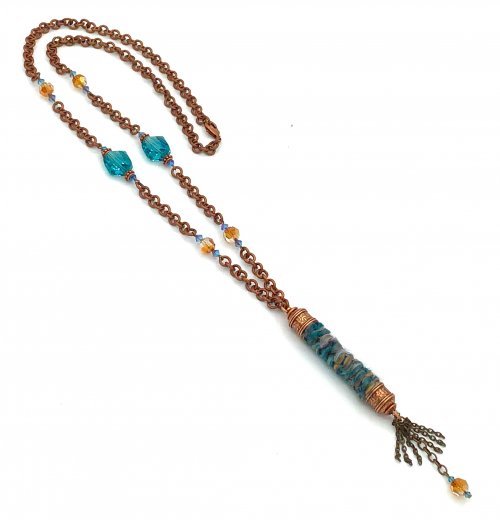
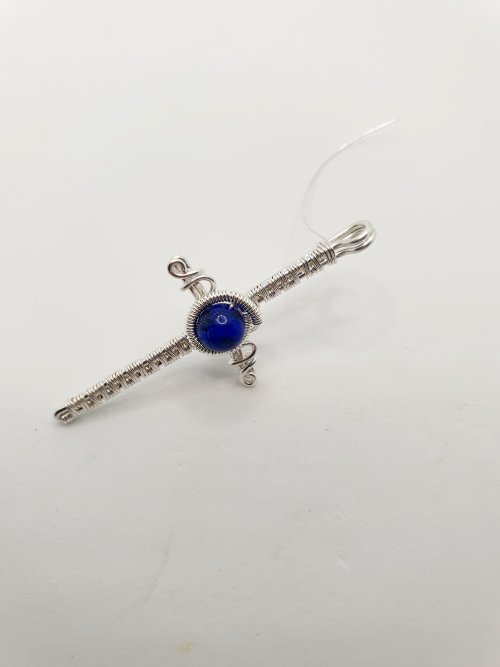
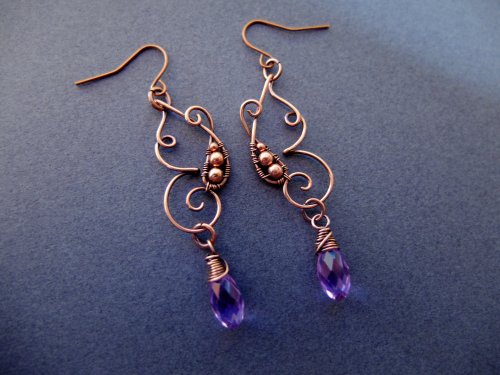

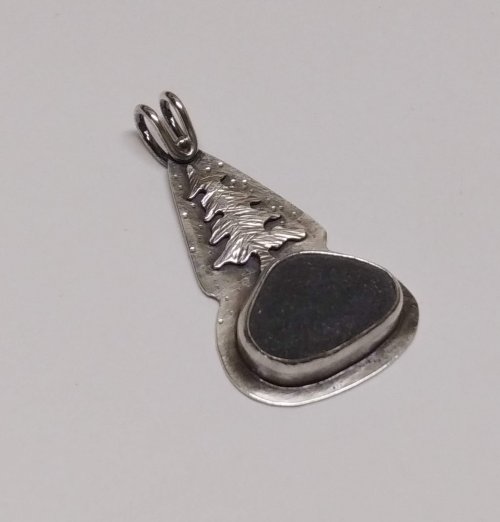
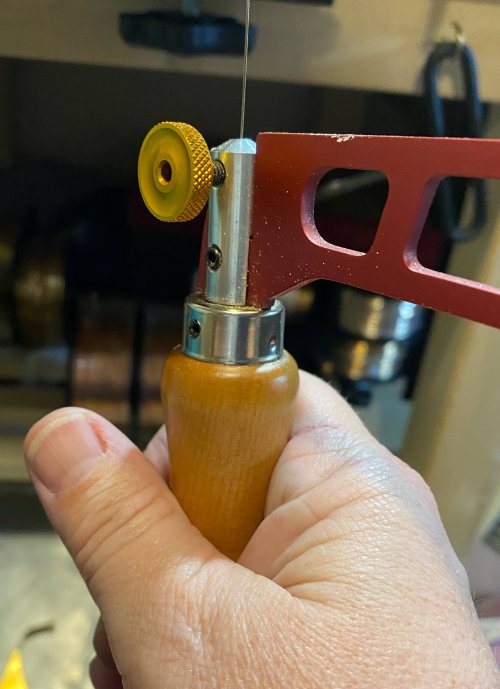
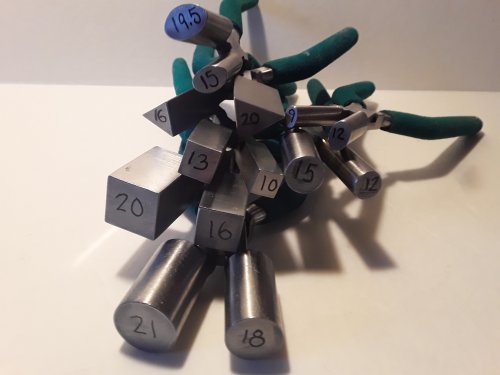
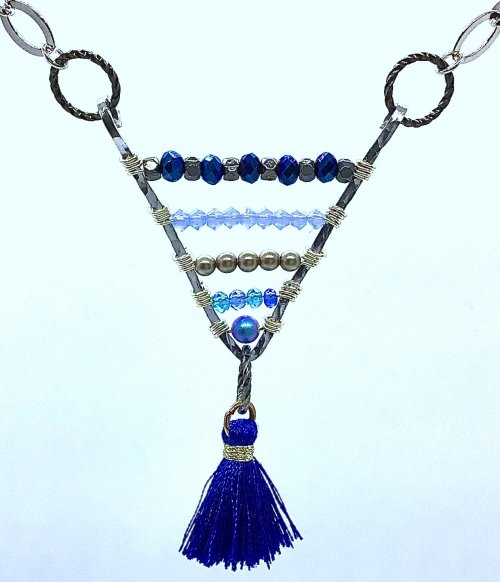
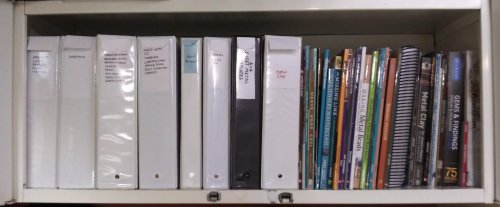



 About Jewelry Chain- About Ball Chain
About Jewelry Chain- About Ball Chain
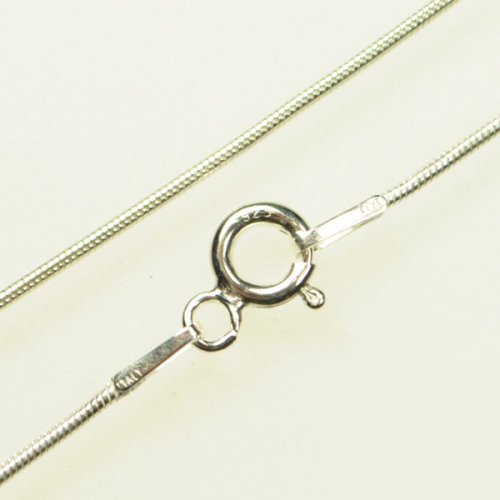 About Jewelry Chain- Snake Chain and Omega Chain
About Jewelry Chain- Snake Chain and Omega Chain
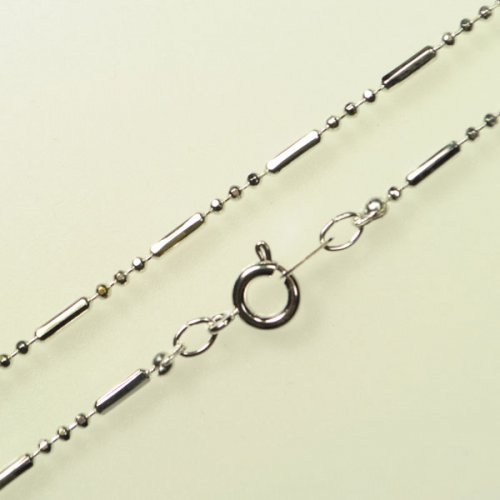 About Jewelry Chain- Bar Chain and Peanut Chain
About Jewelry Chain- Bar Chain and Peanut Chain
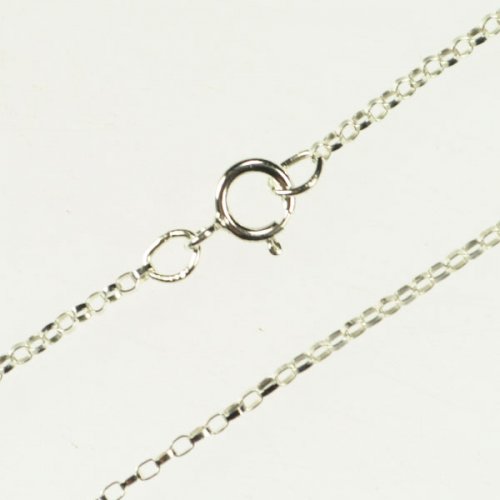 About Jewelry Chain - Cable Chain and Rolo Chain
About Jewelry Chain - Cable Chain and Rolo Chain
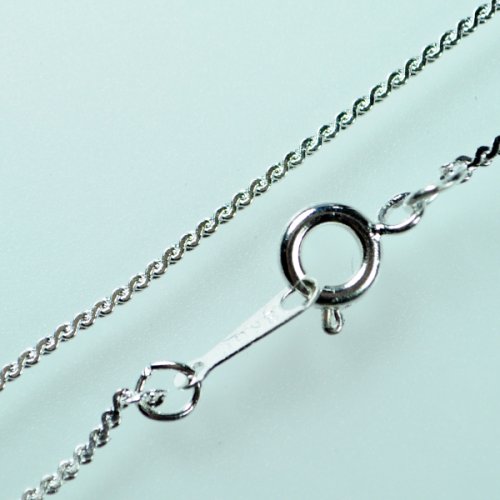 About Jewelry Chain- Curb Chain and Gourmette Chain
About Jewelry Chain- Curb Chain and Gourmette Chain
 About Jewelry Chain- Figaro Chain
About Jewelry Chain- Figaro Chain
 About Jewelry Chain- Infinity Chain and Anchor Chain
About Jewelry Chain- Infinity Chain and Anchor Chain
 About Jewelry Chain- Chain Reference Sheet
About Jewelry Chain- Chain Reference Sheet
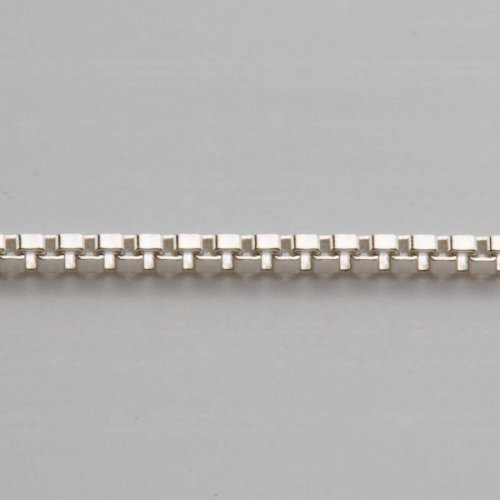 About Jewelry Chain- Venetian Chain and Box Chain
About Jewelry Chain- Venetian Chain and Box Chain
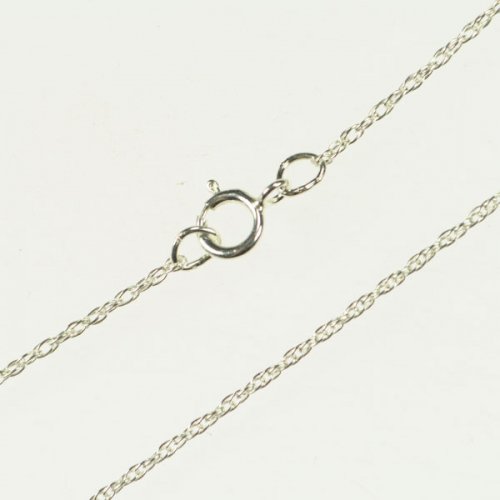 About Jewelry Chain- Wheat Chain and Rope Chain
About Jewelry Chain- Wheat Chain and Rope Chain
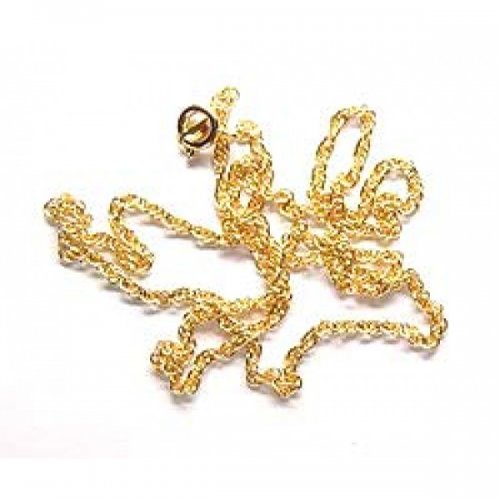 Introduction to Chain
Introduction to Chain
 Access More Money by Making Jewelry When Your Prices Are Right
Access More Money by Making Jewelry When Your Prices Are Right
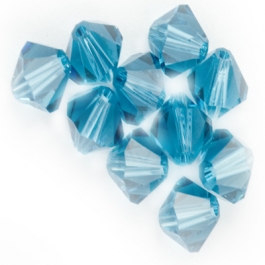 An Introduction to Beads and Beading
An Introduction to Beads and Beading
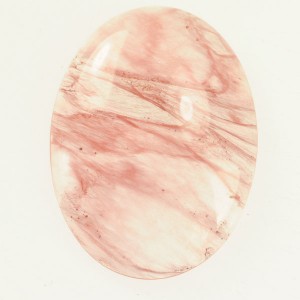 Common Gemstone Misconceptions
Common Gemstone Misconceptions
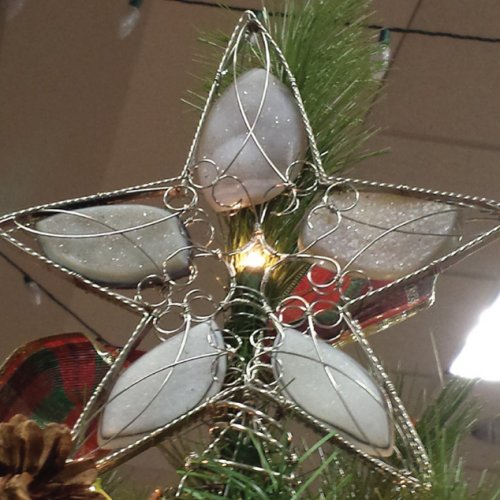 Wire Wrapped Christmas Tree
Wire Wrapped Christmas Tree
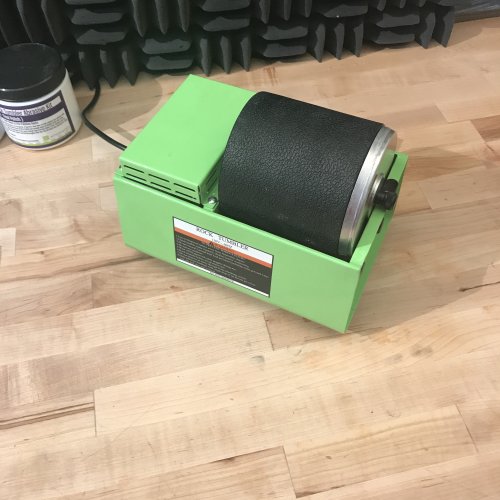 How To Polish Metal Jewelry using a Rotary Tumbler
How To Polish Metal Jewelry using a Rotary Tumbler
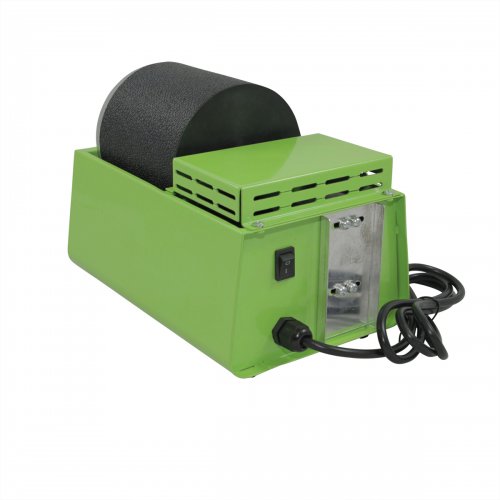 How To Polish Your Own Rocks using a Rotary Rock Tumbler
How To Polish Your Own Rocks using a Rotary Rock Tumbler
 How to Merchandise Your Jewelry on the Internet
How to Merchandise Your Jewelry on the Internet
 How to Use Twitter as a Wire Jewelry Artist
How to Use Twitter as a Wire Jewelry Artist
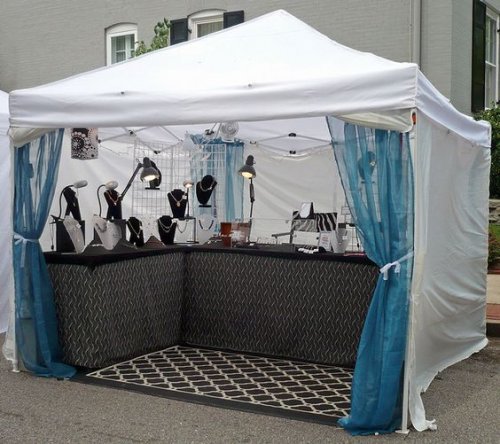 20 Ideas to get your Jewelry Biz Busy
20 Ideas to get your Jewelry Biz Busy
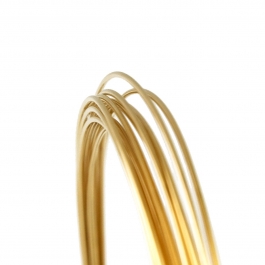 Watching the Precious Metals Market
Watching the Precious Metals Market
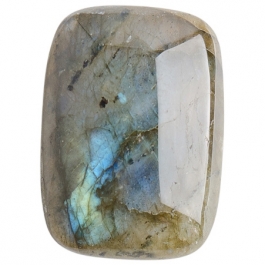 Jewelry Design Ideas - Get Inspired
Jewelry Design Ideas - Get Inspired
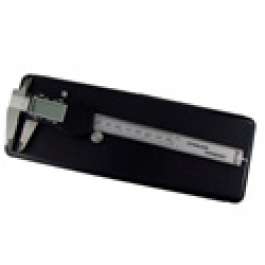 Measuring Tools
Measuring Tools
 July Birthstone - The Ruby
July Birthstone - The Ruby
 February Birthstone- Amethyst
February Birthstone- Amethyst
 March Birthstone - Aquamarine and Bloodstone
March Birthstone - Aquamarine and Bloodstone
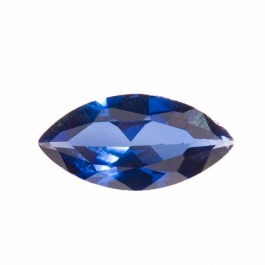 September Birthstone - Sapphire
September Birthstone - Sapphire
 November Birthstones - Topaz and Citrine
November Birthstones - Topaz and Citrine
 October Birthstones - Rose Zircon, Pink Tourmaline and Opal
October Birthstones - Rose Zircon, Pink Tourmaline and Opal
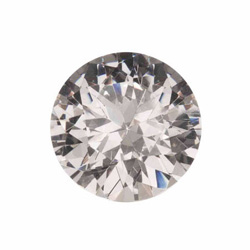 April Birthstone - The Diamond
April Birthstone - The Diamond
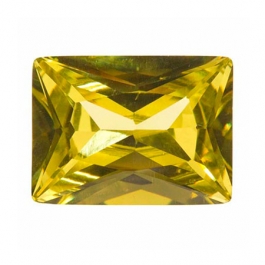 August Birthstone - Peridot and Sardonyx
August Birthstone - Peridot and Sardonyx
 June Birthstones - Alexandrite, Pearl and Moonstone
June Birthstones - Alexandrite, Pearl and Moonstone
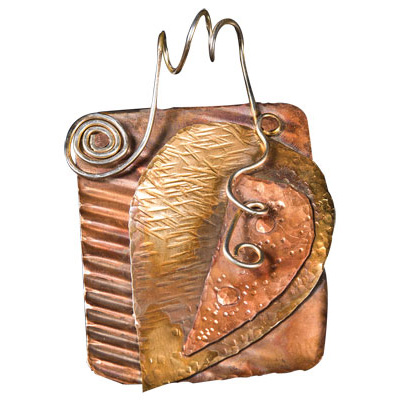 Metalsmithing
Metalsmithing
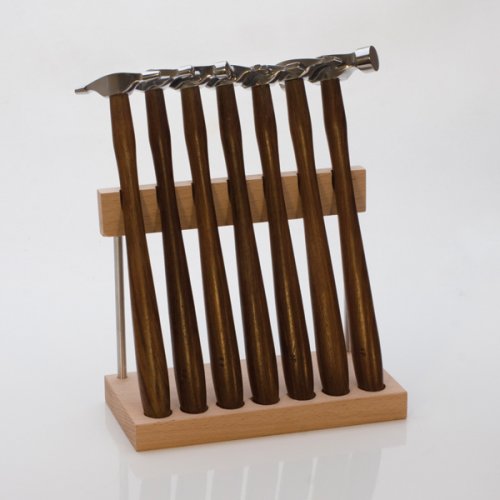 Featured Tool - Mini TruStrike Hammers
Featured Tool - Mini TruStrike Hammers
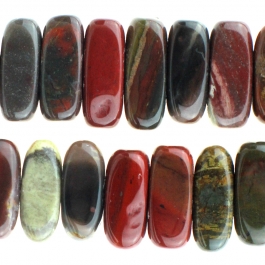 Natural Jasper Stones - Cabochon Gemstones
Natural Jasper Stones - Cabochon Gemstones
 Organize Your Jewelry Box
Organize Your Jewelry Box
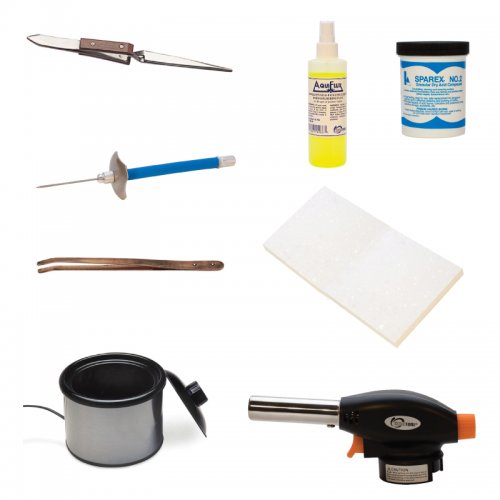 Soldering 101
Soldering 101
 Starting Your Own Home Jewelry Business
Starting Your Own Home Jewelry Business
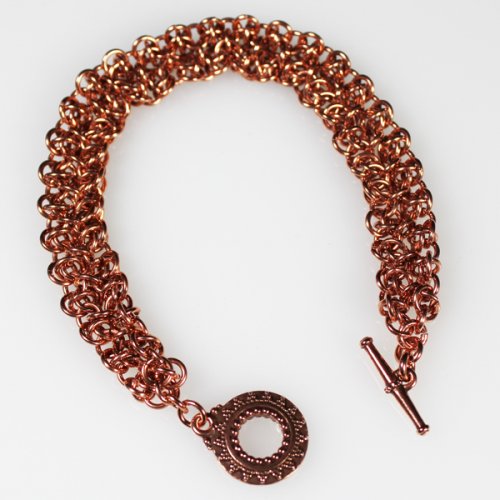 The Art of Creating Chainmail
The Art of Creating Chainmail
 Why Should I Be Using Facebook
Why Should I Be Using Facebook
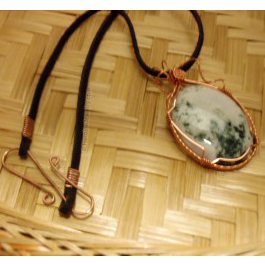 Make Handmade Neck Cords on a Dime
Make Handmade Neck Cords on a Dime
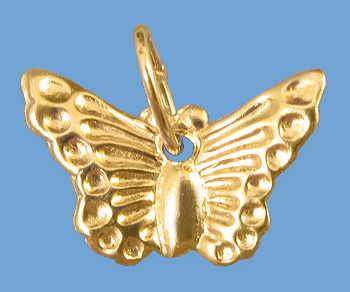 Tagging Handmade Jewelry Gifts
Tagging Handmade Jewelry Gifts
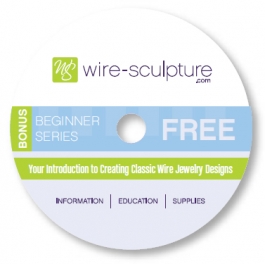 Share Your Expertise with Your Community
Share Your Expertise with Your Community
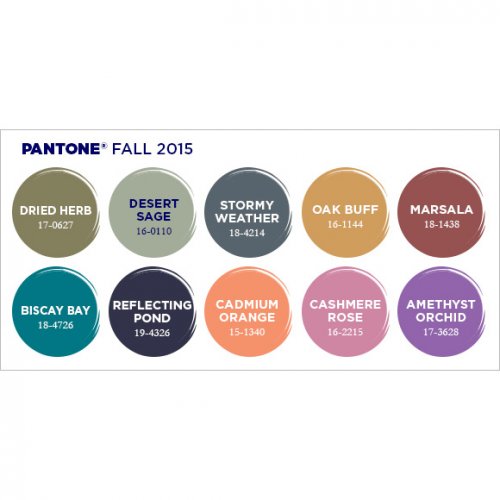 Creating Color Schemes for Jewelry Making
Creating Color Schemes for Jewelry Making
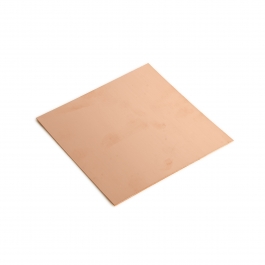 Bronze, Brass, Nickel Silver and Copper Base Metals
Bronze, Brass, Nickel Silver and Copper Base Metals
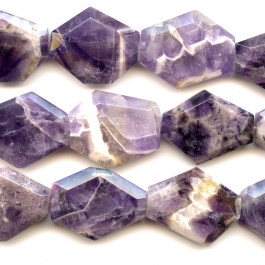 Gemstone Treatments
Gemstone Treatments
 How Wire is Made
How Wire is Made
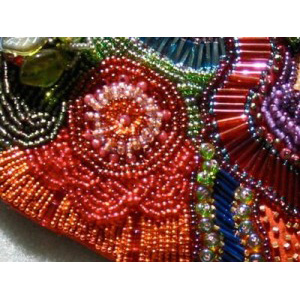 Beading A-B-C's
Beading A-B-C's
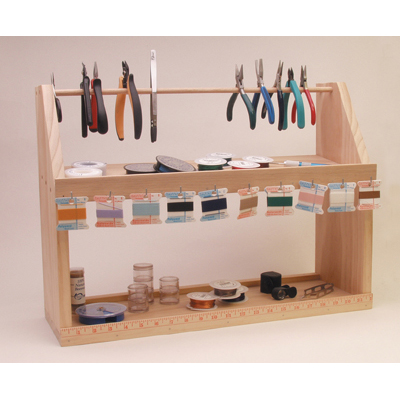 How to Set Up Your Workspace
How to Set Up Your Workspace
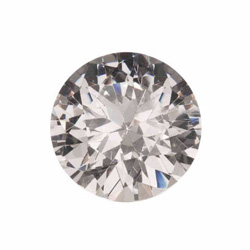 Gem Profile- Diamond
Gem Profile- Diamond
 Gem Profile- Peridot
Gem Profile- Peridot
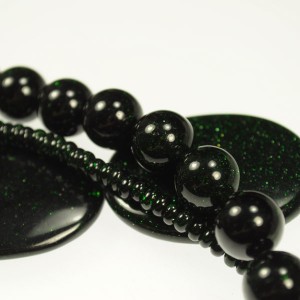 Gem Profile- Goldstone
Gem Profile- Goldstone
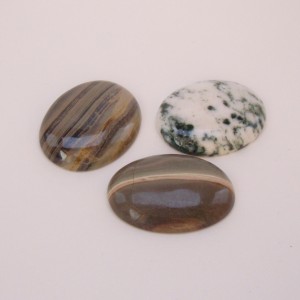 Gem Profile- Cryptocrystalline Quartz Introduction
Gem Profile- Cryptocrystalline Quartz Introduction
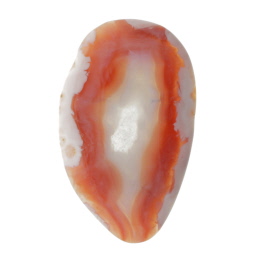 Gem Profile- Banded Agate and Brecciated Agate
Gem Profile- Banded Agate and Brecciated Agate
 Gem Profile- Emerald
Gem Profile- Emerald
 Gem Profile- Titanite or Sphene
Gem Profile- Titanite or Sphene
 Gem Profile- Morganite
Gem Profile- Morganite
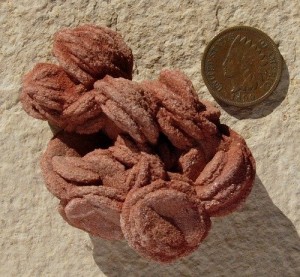 Gem Profile- Desert Rose
Gem Profile- Desert Rose
 Gem Profile- Iolite
Gem Profile- Iolite
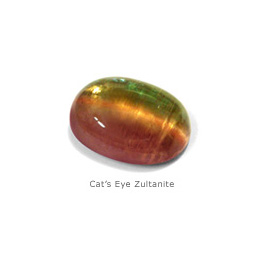 Gem Profile- Zultanite
Gem Profile- Zultanite
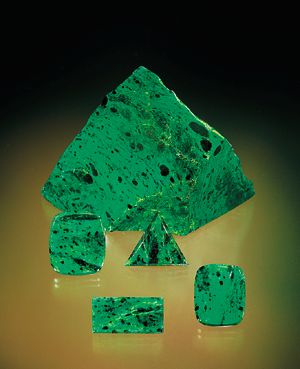 Gem Profile- Maw Sit Sit
Gem Profile- Maw Sit Sit
 Gem Profile- Tanzanite
Gem Profile- Tanzanite
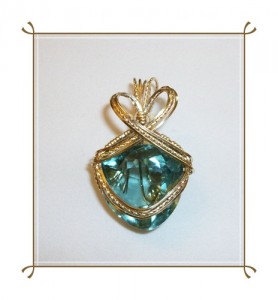 Gem Profile- Aquamarine
Gem Profile- Aquamarine
 Gem Profile- Turquoise
Gem Profile- Turquoise
 Gem Profile- Turquoise Types
Gem Profile- Turquoise Types
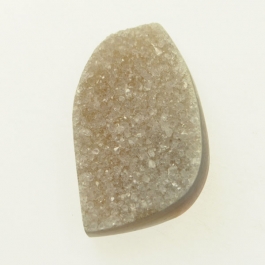 Gem Profile- What's Druze
Gem Profile- What's Druze
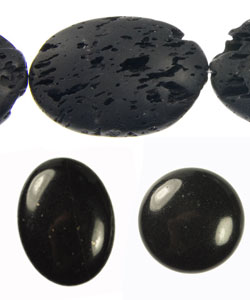 Gem Profile- Basalt
Gem Profile- Basalt
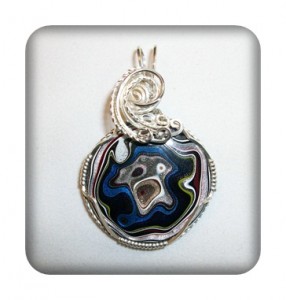 Gem Profile- Fordite
Gem Profile- Fordite
 Gem Profile- Variscite
Gem Profile- Variscite
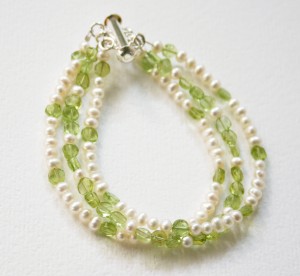 Gem Profile- Pearls
Gem Profile- Pearls
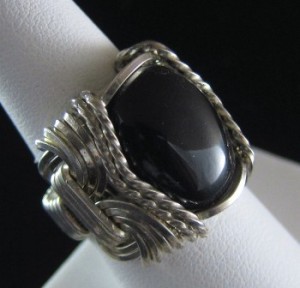 Gem Profile- Onyx
Gem Profile- Onyx
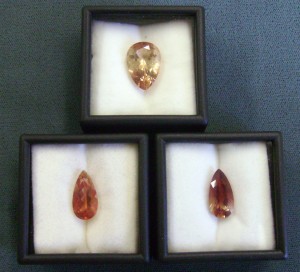 Gem Profile- Sunstone
Gem Profile- Sunstone
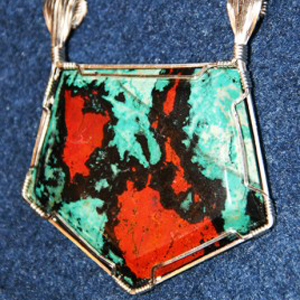 Gem Profile- Sonora Sunrise
Gem Profile- Sonora Sunrise
 Gem Profile- Rhodonite
Gem Profile- Rhodonite
 Gem Profile- Glass, Crystal and Quartz
Gem Profile- Glass, Crystal and Quartz
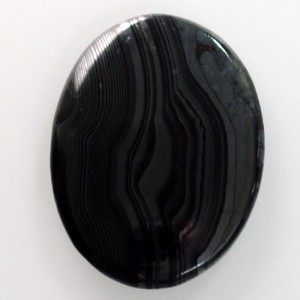 Gem Profile- Psilomelane
Gem Profile- Psilomelane
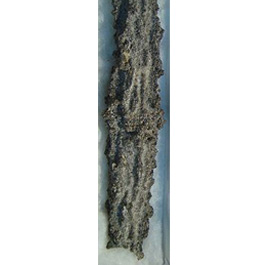 Gem Profile- Fulgurite
Gem Profile- Fulgurite
 Gem Profile- Cat's Eye
Gem Profile- Cat's Eye
 Gem Profile- Carnelian
Gem Profile- Carnelian
 Gem Profile- Petoskey Stones and Indonesian Fossil Coral
Gem Profile- Petoskey Stones and Indonesian Fossil Coral
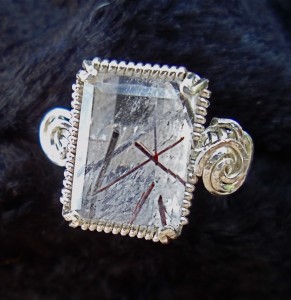 Gem Profile- Rutilated Quartz
Gem Profile- Rutilated Quartz
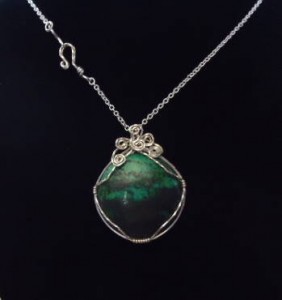 Gem Profile- Chrysocolla
Gem Profile- Chrysocolla
 Gem Profile- Jet
Gem Profile- Jet
 Gem Profile- Chrysoprase
Gem Profile- Chrysoprase
 Gem Profile- Rhyolite
Gem Profile- Rhyolite
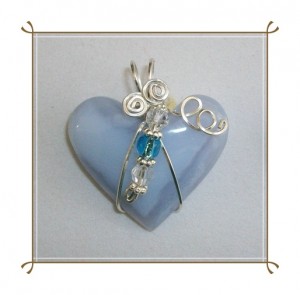 Gem Profile- Chalcedony
Gem Profile- Chalcedony
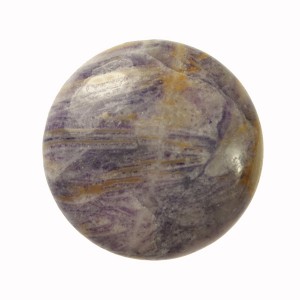 Gem Profile- Lepidolite and Sugilite
Gem Profile- Lepidolite and Sugilite
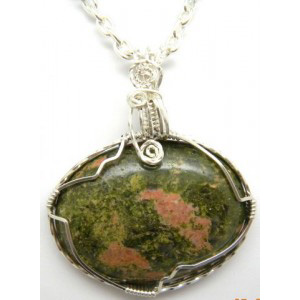 Gem Profile- Unakite
Gem Profile- Unakite
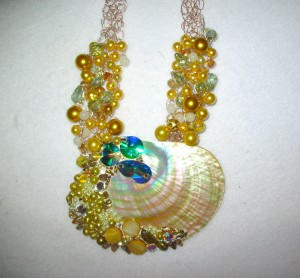 Gem Profile- Cowrie Shells, Conch Shells, and Drilling Shells
Gem Profile- Cowrie Shells, Conch Shells, and Drilling Shells
 Gem Profile- Mother of Pearl
Gem Profile- Mother of Pearl
 Gem Profile- Moss Agate and Plume Agate
Gem Profile- Moss Agate and Plume Agate
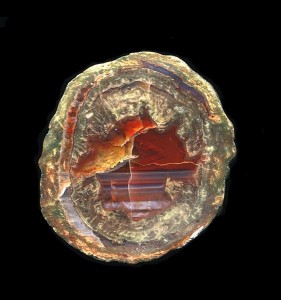 Gem Profile- Thundereggs and Mexican Lace Agate
Gem Profile- Thundereggs and Mexican Lace Agate
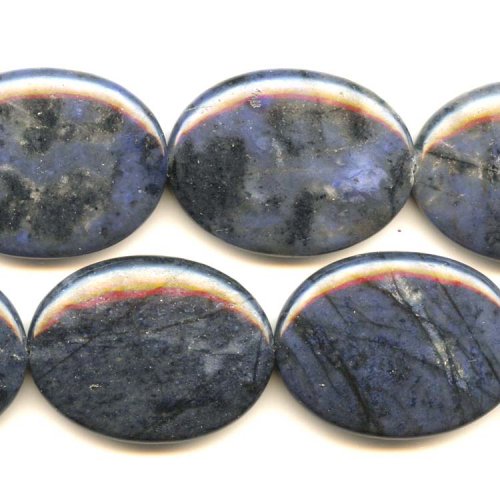 Gem Profile- Dumortierite
Gem Profile- Dumortierite
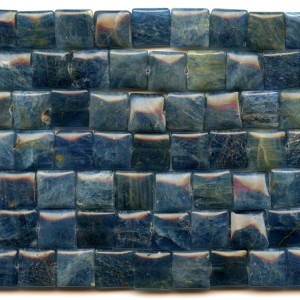 Gem Profile- Apatite
Gem Profile- Apatite
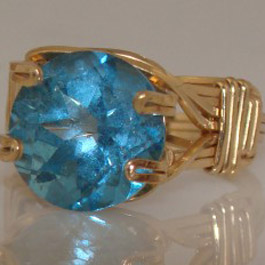 Gem Profile- Blue Topaz
Gem Profile- Blue Topaz
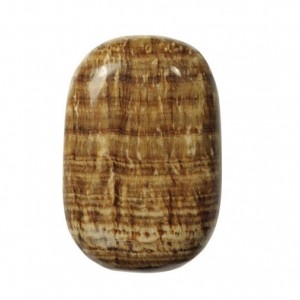 Gem Profile- Aragonite
Gem Profile- Aragonite
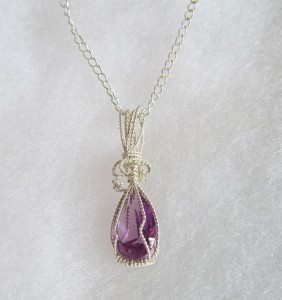 Gem Profile- Zircon and Cubic Zirconia
Gem Profile- Zircon and Cubic Zirconia
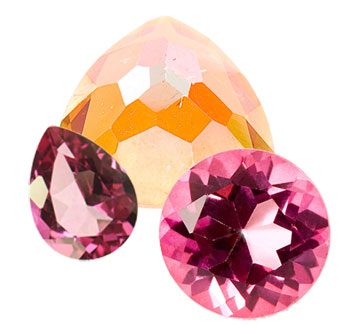 Gem Profile- Topaz
Gem Profile- Topaz
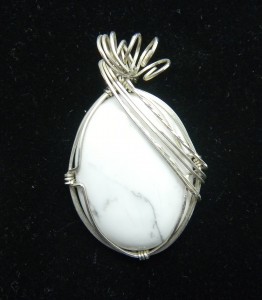 Gem Profile- Howlite
Gem Profile- Howlite
 Gem Profile- Sodalite
Gem Profile- Sodalite
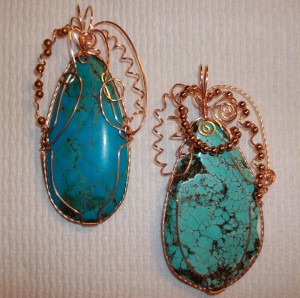 Gem Profile- Magnesite
Gem Profile- Magnesite
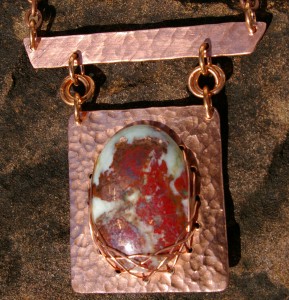 Gem Profile- Cuprite
Gem Profile- Cuprite
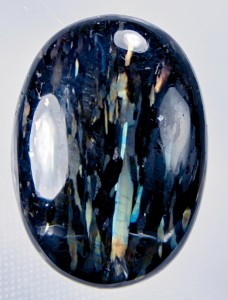 Gem Profile- Nuummite
Gem Profile- Nuummite
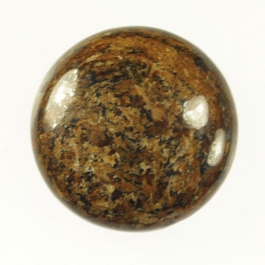 Gem Profile- Bronzite
Gem Profile- Bronzite
 Gem Profile- Kyanite
Gem Profile- Kyanite
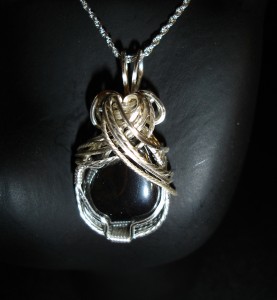 Gem Profile- Hematite
Gem Profile- Hematite
 Gem Profile- Derbyshire Blue John
Gem Profile- Derbyshire Blue John
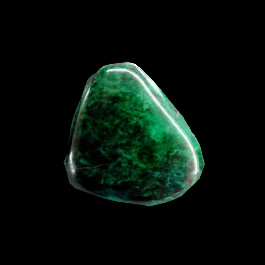 Gem Profile- Eilat Stone
Gem Profile- Eilat Stone
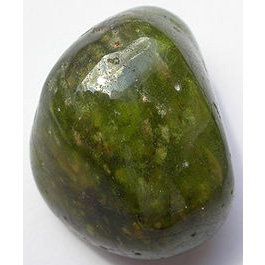 Gem Profile- Vesuvianite
Gem Profile- Vesuvianite
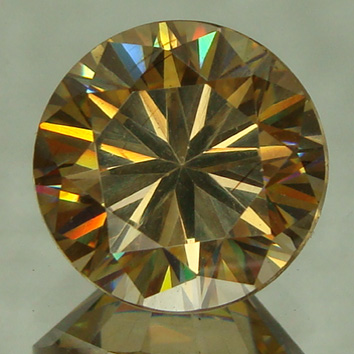 Gem Profile- Strontium Titanate -Fabulite
Gem Profile- Strontium Titanate -Fabulite
 Gem Profile- Tourmaline
Gem Profile- Tourmaline
 Gem Profile- Larimar
Gem Profile- Larimar
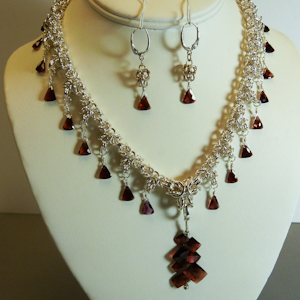 Gem Profile- Garnet
Gem Profile- Garnet
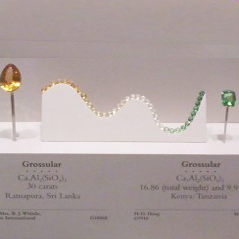 Gem Profile- Tsavorite and Green Garnets
Gem Profile- Tsavorite and Green Garnets
 Gem Profile- Seraphinite
Gem Profile- Seraphinite
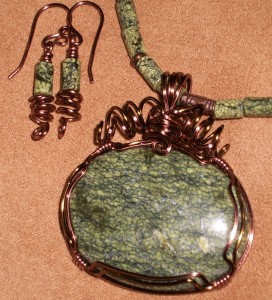 Gem Profile- Serpentine
Gem Profile- Serpentine
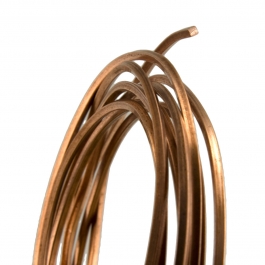 American Wire Gauge
American Wire Gauge
 Viking Knit and Spool Knit Chain
Viking Knit and Spool Knit Chain
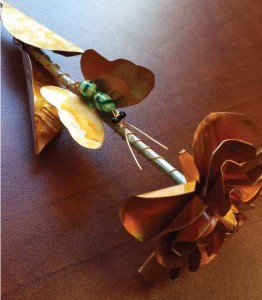 Copper Roses
Copper Roses
 How to Make Medical ID Bracelets Special
How to Make Medical ID Bracelets Special
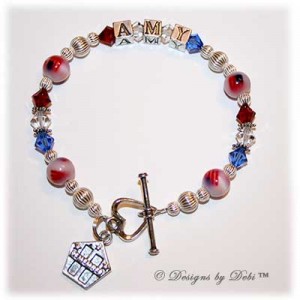 Remembering the Fallen
Remembering the Fallen
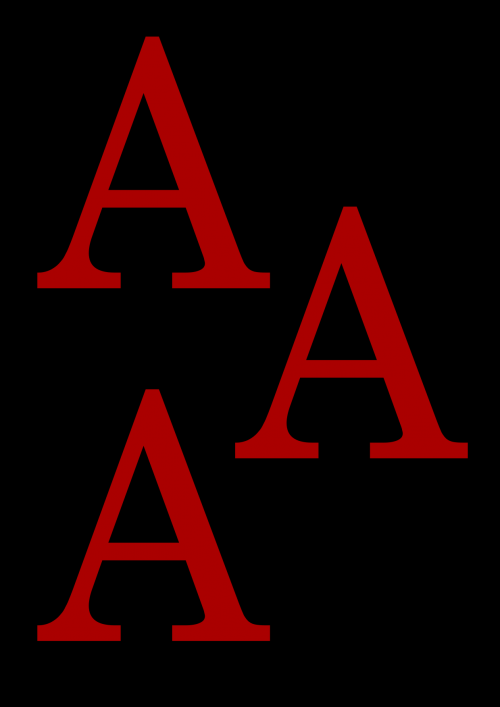 6 Ways to Find Your Uniqueness in Jewelry
6 Ways to Find Your Uniqueness in Jewelry
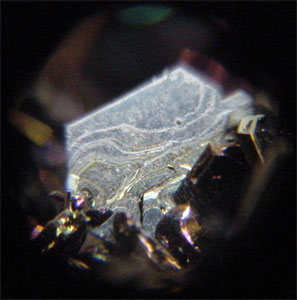 Gem Profile- Moissanite
Gem Profile- Moissanite
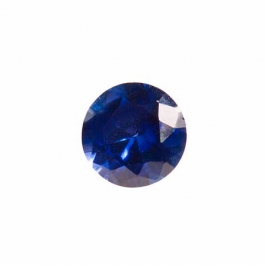 Birthstone Swarovski Colors
Birthstone Swarovski Colors
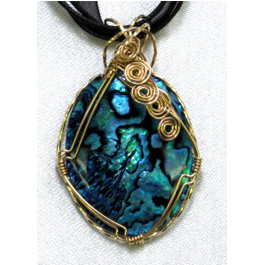 Gem profile- Paua and Abalone
Gem profile- Paua and Abalone
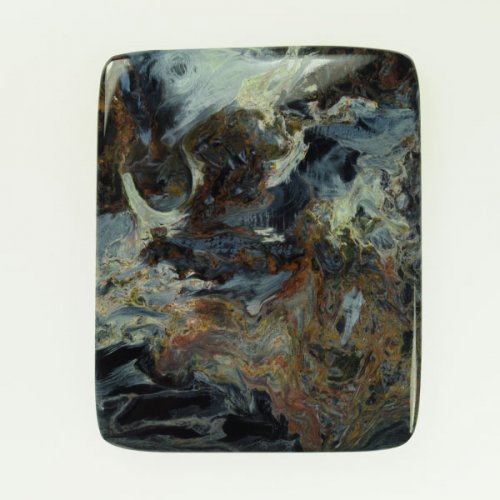 Tips for Tucson Shopping- Gem Show Secrets
Tips for Tucson Shopping- Gem Show Secrets
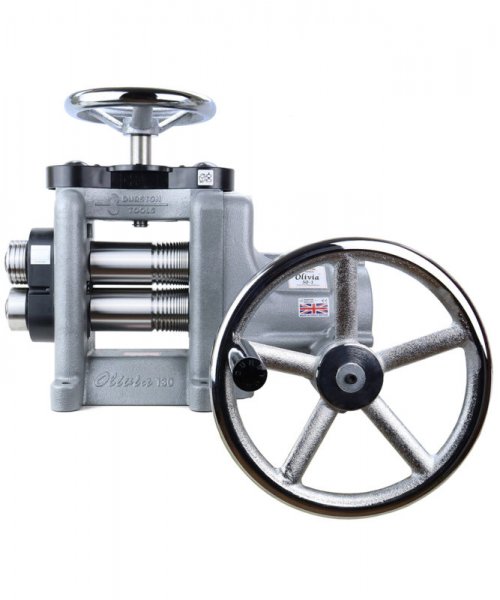 Durston Olivia Rolling Mills
Durston Olivia Rolling Mills
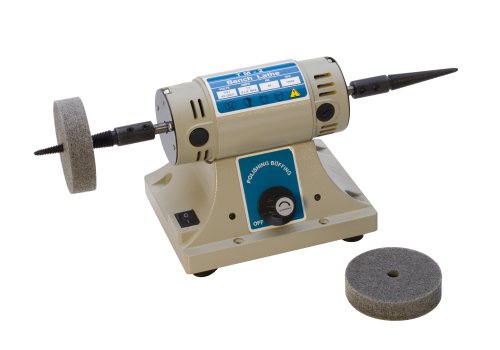 How to Use a Jewelry Bench Polisher Effectively
How to Use a Jewelry Bench Polisher Effectively
 5 Jewelry Patterns to Keep Summer Going
5 Jewelry Patterns to Keep Summer Going
 Why Jewelry Makers Love Boho And Free-Form Designs
Why Jewelry Makers Love Boho And Free-Form Designs
 5 Fall Leaf Jewelry Patterns to Capture the Colors of Autumn
5 Fall Leaf Jewelry Patterns to Capture the Colors of Autumn
 Bold Gemstone Wire Jewelry Tutorials for Beginners
Bold Gemstone Wire Jewelry Tutorials for Beginners
 Why Remodeling Old Designs Saves You Money and Sparks Creativity
Why Remodeling Old Designs Saves You Money and Sparks Creativity

